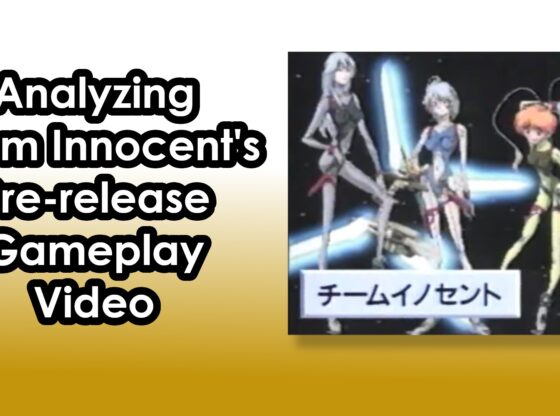
Sanity is rarely a topic that games address from a gameplay perspective. There’s been a few cases recently in the indie scene with titles like Darkest Dungeons, but it’s never been a common feature. So back in 2001, when there weren’t indie games about everything imaginable, Eternal Darkness was defined by its unique take on what was real and unreal.
Unfortunately, with sanity as Eternal Darkness’ main selling point, most of the fun of discovering the effects were spoiled through preview articles and word of mouth. I came in with essentially every one spoiled for me. Despite that, I still really love the game.
What stands out to me is how the history, characters and environments are interwoven. It’s a tale that spans two centuries and details the unfortunate circumstances that ruin the lives of scholars, warriors, heroes, adventurers and worshipers.
To do this, Eternal Darkness has you visiting the same environments three or more times. This may seem repetitive and a cost-cutting measure, but each visit is always within a different time period.
My favorite example is a church that you visit twice during the middle ages and once in World War I. The first two visits take place almost 600 years apart and you get see church expand and grow. During World War I, the entire church has been converted into a hospital for those on the front lines. It’s all familiar, but the layout, technology and condition of the building evolves. Each of these visits are interwoven with past characters and stories to eventually give you the complete history of a single locale.
I love Eternal Darkness for the same reason I love the Castlevania timeline. It’s just a series of tales between hundreds and thousands of years that all somehow interconnect. Although, in the case of Eternal Darkness, it’s all contained within one game.
(Header Image Source: MobyGames)










